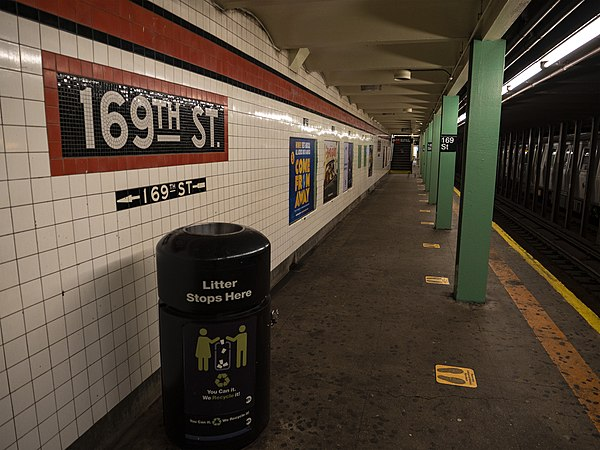Interesting time to be hosting this carnival! I feel like there's a small resurgence with blogging, and I want to be part of it. I've really missed writing informally professionally. I've been a part-time host since Math Teachers at Play 22, 14 years ago!, and a big part of the original purpose of the blog was to collect, curate and share things that delighted and supported me. If you're interested in hosting, contact Denise Gaskins, the founder of this here carnival. The January carnival will be at her blog, but I think February is open!
177 is semiprime, for which two primes?
177 is the ninth Leyland number, of the form x^y+y^x. What are x & y for 177? They're both prime, which should be a special kind of Leyland I think.177 is the first "non-trivial" 60-gonal number. (1 and 60 are too easy.) What is the next 60-gonal number? (Pictured) What does the sequence of the first non-trivial n-gonal numbers look like? (6, 9, ...)177 is a Leonardo number, so named by Edsgard Dijkstra for their relation to the Fibonacci numbers. The first five are 1, 1, 3, 5, 9... can you determine the pattern?
But the coolest thing to me is that it's the magic constant of the smallest magic square of distinct primes! I'll get you started...Supposedly the 2nd highest dart score is 177 - but I need someone to explain that to me. Supposedly I used to play darts!
177 is getting too big for many interesting images on Google image search. So I tried AI. Give me 177 ants marching! 75 at most. Give me a stack of 177 balls. Hmm... I don't think so. That set me off to GeoGebra to make a visualization tool.
Things are hopping over on Bluesky. Most of these links are from there. Here's a math teacher starter pack, or a mathsky star pack part 1 or part 2 or an #elemmathchat starter pack. Other good tags to check are #mathsky, #iteachmath or #mathstoday. So far it's been positive and energetic.
Gamey
Denise shares a math game every Monday, like Area Block or Coin Chain.
Sara Van Der Werf reshared her amazing 5x5 game, for adding, multiplying and a bit of strategy.
Erick Lee and his son invented a sweet exponents game that I'm dying to try.
Some fine mathematicians seem to have proved that Henry Dudeney's famous equilateral to square dissection is minimal. I made a GeoGebra puzzle out of it to celebrate. That dissection is hinged and Manuel Sada made GeoGebra for that! Denise shared a Dudeney game I had never seen before.
I've really been enjoying the Celtix puzzle by Andrew Taylor. Great UI. Multiple solutions to each, but took me awhile to get the hang of just focusing on one color at a time. Here's two solutions to Puzzle 177. HT Ayliean.Sarah Carter, queen of math puzzles, shared some winter themed Sudoku puzzles, also available in Christmas flavor.
Catriona Agg continues to invent the sweetest geometry puzzles. This one with four equilateral triangles was really neat.
I've always thought a card sort was an activity that invited play. Marilyn Burns continues to amaze me, like here when she tried her first card sort!
David Flynn shared a puzzle he made for 3rd graders. Get from start to finish using only right angles.
Artsy
Xavier Golden (full relation) found the classic Eames math shorts (plus more) in a single YouTube playlist.
Ben Orlin's math with Bad Drawings is a constant delight, but I especially loved his musings on Edgar Degas and math.
Erick also shared an old Bree Pickford-Murray post making posters for missing hexagons (after first inventing hexagon types).
Min Min shared an old post of Sarah's making slope-keyed nameplates.Teachy
Nat Banting blogged about an essential teaching reminder.
Dan Wekselgreene shared a routine that my preservice secondary teachers tried and liked, Correct, Incorrect, Incomplete.
Jenna Laib writes about students writing silly story problems.
Glenn Waddell did a whole series of quadratics this fall, wrapping up with the mystery of the b coefficient.
Dylan Kane never lost the beat, still the most consistent math teacher writer. Here he's thinking about Ben Orlin's book and Hemingway and Negative Numbers.
Extry
Maybe you're looking for last minute mathy gifts? Thanks, Aperiodical. Who wouldn't want a handmade zine? How you could wrap them from this post.
Ali Almossawi shares some math history about a few great mathematicians who were famously slow.
I didn't get many math comics made this #mathtober but this was definitely the biggest hit.
That's it for me! See you next year. Coming soon, Xavier's and my math graphic novel, AL, Logical!
What? Are you still here? Then enjoy one of Howie Hua's many riffs on a holiday meme.













































